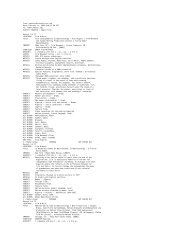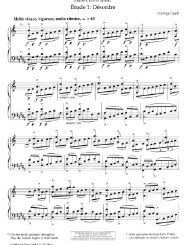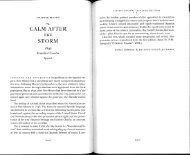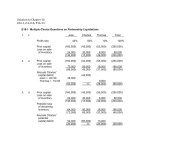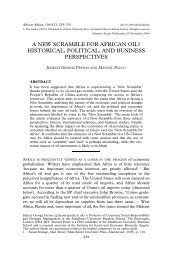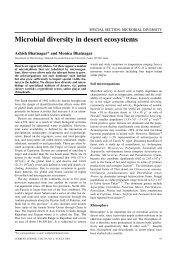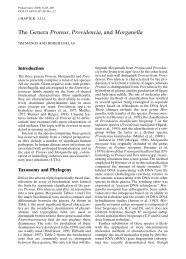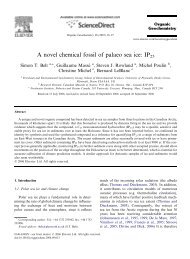Analysis by Key: Another Look at Modulation
Analysis by Key: Another Look at Modulation
Analysis by Key: Another Look at Modulation
Create successful ePaper yourself
Turn your PDF publications into a flip-book with our unique Google optimized e-Paper software.
ANALYSIS BY KEY<br />
Brahms's A major Son<strong>at</strong>a for Violin and Piano is a good example. In Chopin's<br />
big dual-key pieces, on the other hand, the f1rst tonic is always supplanted <strong>by</strong> its<br />
rival - think of the Fantasy, the Second Scherzo, the Second Ballade, etc. I am<br />
not going to address myself here to the question of whether any of these pieces<br />
has only one primary tonic; but I should like to suggest th<strong>at</strong> the problem can't be<br />
explained away <strong>by</strong> asserting th<strong>at</strong> for Chopin a rel<strong>at</strong>ive major and minor form a<br />
single extended key. Since when does the notion of'key' involve two tonics of<br />
equal rank?6 (In any case this explan<strong>at</strong>ion founders on the F major/A minor<br />
Ballade, whose two keys are not rel<strong>at</strong>ives.)<br />
Apparent Centres<br />
In Ex. 2, the beginning of the Chopin F minor Prelude, we saw a passage th<strong>at</strong><br />
implies F as centre long before there is any tonic harmony. Of course the tonic<br />
appears eventually; the promise of the piece's beginning is kept. But although<br />
music mostly keeps its promises, it need not do so in the obvious way we might<br />
expect; like the Weird Sisters' prophecies in Macbeth, its messages sometirnes<br />
admit of more than one interpret<strong>at</strong>ion. Bars 29-36 of the Scherzo movement of<br />
Schubert's Piano Son<strong>at</strong>a, D.845 (Ex. 6), have a pitch content very similar to th<strong>at</strong><br />
of Ex. 2. Following a firmly established C major (itself a tonicized III in the<br />
home key of A minor), the passage continues the C harmony, but in a way th<strong>at</strong><br />
makes it sound like a V in F minor. As the example shows, the expected F minor<br />
never m<strong>at</strong>erializes, for the chrom<strong>at</strong>ic pitches serve instead to prepare Ab major.<br />
Ex. 6 Schubert: Piano Son<strong>at</strong>a, D.845, III<br />
MUSIC ANALYSIS 6:3, 1987 295



